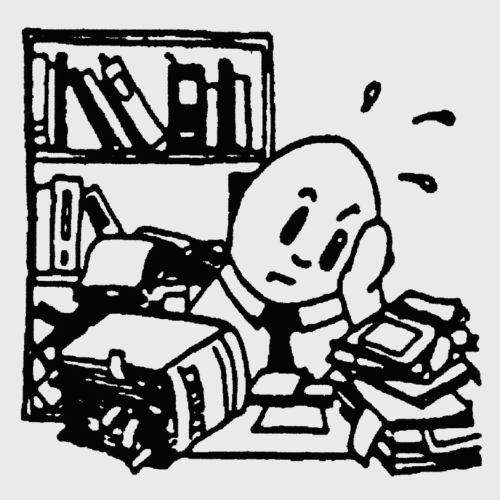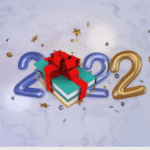While fact-checking some text for a few recent publications, I stumbled across this colorful infographic, defined and published by the Equity and Inclusion Office, University of British Columbia (see links and more information in the credit line below), along with an updated—and rather thorough—list of LGBT2SQIA+ words and terminology with very well conceived definitions.
That list of terms, compiled from multiple resources, was published by the LGBTQ Center at Montclair State University in New Jersey. While confessing, “No glossary will encompass the complete range of identities and terms that are used within LGBTQ communities,” the web page goes on to warn, wisely, that, “Over time, language and terminology may shift. Pay close attention to and mirror the language the individual uses to identify.” Those shifts seem to be happening more and more quickly, and that warning—which also applies to wording related to race and gender—has become of paramount importance for today’s editors. In fact, some publishers (including the Washington Post and the Guardian) have created separate positions for “diversity readers” who are designated to assist and double-check editors.
For those of you who are interested in delving deeper, writer and activist Thursday Bram once blogged about our evolving language. “Different communities use different words in different ways,” she said. “Language grows and changes to cover new concepts constantly. . . . These changes are routine, through conversation, slang, academic use, memes, translation, and literally every other time we communicate.” Some of my favorite lines of her post follow: “Trying to stop the growth of language is like shouting into the wind. Even if it makes you feel better, it’s not effective. And, honestly, most attempts to control language come with a lot of elitist and biased crap.” As a longtime editor, I can totally agree!
I came across that post, “Styling for inclusion: how shaping a style guide shapes our discussions,” while trying to locate information on The Responsible Communication Style Guide, a resource she co-created and helped publish, initially, in 2016. That community-compiled style guide was started partly because standard
style guides, like the Associated Press Stylebook [or Chicago Manual of Style], . . . don’t cover identity well—if they mention topics like gender or race at all, they just touch on the surface. Identity is a crucial topic for anyone writing today to get right, especially in fields . . . where we need to talk about our users and audience in a way they find inclusive and understanding. The Responsible Communication Style Guide covers how to write about five key topics: race, gender, sexuality, religion, and health and well-being.*
While that resource may have been one of the first to explore alternatives to the everyday, WASPy practices employed by generations of writers, even if unknowingly or cluelessly, it certainly was not the last. Explore some newer options to more-balanced language, words of inclusivity, and terms for diversity below.
- the Asian American Journalists Association (AAJA) online “Guide to Covering Asian Pacific America”
- the National Center on Disability and Journalism (compiled and updated by the Walter Cronkite School of Journalism and Mass Communication at Arizona State University) online “Disability Language Style Guide”
- the GLAAD (Gay and Lesbian Alliance Against Defamation) online “Media Reference Guide” and the NLGJA (Association of LGBTQ Journalists) online stylebook
- the National Association of Black Journalists (NABJ) online style guide
- the National Institute on Drug Abuse (NIDA) PDF/printable media guide
- the SumOfUs PDF/printable “Progressive’s Style Guide” of people-first language
- the Religion Newswriters Association online “Religion Stylebook”
- a variety of Native American Journalists Association “Indigenous Media Guides,” PDF documents dealing with several terms and issues
Lastly, in addition to its own online “Diversity Style Guide” (originally a project of the Center for Integration and Improvement of Journalism based in the Journalism Department of San Francisco State University but currently compiled by a team supported with grants from the College of Liberal and Creative Arts at SF State and the Sigma Delta Chi Foundation of the Society of Professional Journalists), the organization has published its own list of specialty and organizational style guides at DiversityStyleGuide.com. “This [list] is not a guide to being politically correct. Rather, it offers guidance, context, and nuance for media professionals struggling to write about people who are different from themselves and communities different from their own.”
Please let us know if you’re familiar with other similar resources or updates we should know about.
the-gay-editor is a division of
the-freelance-editor.com, where we work with
our clients—you or your team—to help them say
what they want to say to the audience
they want to reach.
Contact us, even when you just think you might be needing us!
And, please like or share this post or leave a comment—
find the-gay-editor on LinkedIn, Instagram, and Twitter.
originally posted November 21, 2021
no text revisions to date
image information: Featured image is a partial infographic of LGBT2SQIA+ terminology—defined and published by the Equity and Inclusion Office, University of British Columbia—that appeared as part of an article (“We’re queer, we’re here: Queer and trans visibility at UBC” by Iman Baobeid and Rachel Lau) describing on-campus efforts to build “Positive Spaces” (the Positive Space Campaign) for lesbian, gay, bisexual, trans (transgender, gender non-conforming, and non-binary), two-spirit, queer, questioning, intersex, and asexual (LGBT2SQIA+) students, staff, and faculty at UBC; the full infographic appears here.
* This wording was copied from a review of The Responsible Communication Style Guide that was posted in January 2017 at the Education and Research Archive of the University of Alberta. For more background on The Responsible Communication Style Guide, visit their archived KickStarter campaign page.
LGBTQIA+ home
the-gay-editor.com
statement on
discrimination and harassment
blog posts
from the-gay-editor
books
for fun and reference
direct contact
theGayEditor -at-
ImYourEditor.com
More posts from the-gay-editor




